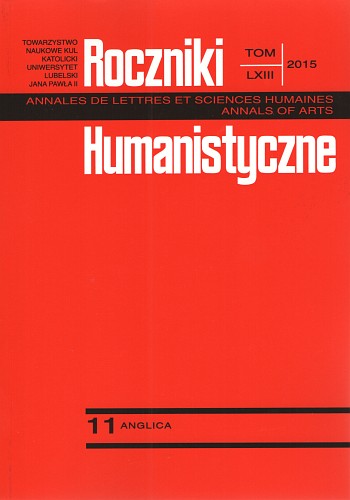On geographical and metaphorical (fault) lines: Immigration, acculturation and generation gap in South Asian American women’s fiction
On geographical and metaphorical (fault) lines: Immigration, acculturation and generation gap in South Asian American women’s fiction
Author(s): Izabella KimakSubject(s): Language and Literature Studies, Studies of Literature, Other Language Literature
Published by: Towarzystwo Naukowe KUL & Katolicki Uniwersytet Lubelski Jana Pawła II
Keywords: South Asian American women’s fiction; immigrant narrative; first- and second-generation immigrant writing; Meena Alexander; Bharati Mukherjee; Chitra Banerjee Divakaruni; Jhumpa Lahiri
Summary/Abstract: In numerous immigrant narratives by South Asian American women writers, the process of immigration is construed as the crossing of a line, or of several lines, to be more specific. The act of crossing the geographical line of the border precedes the crossing of more metaphorical boundaries, for example those between the two cultural scenarios operative in the writers’ native and adopted cultures. In the process, yet another metaphorical line is drawn between first- and second-generation immigrants, two groups that inevitably experience immigration in two completely divergent ways. The purpose of this article is to discuss several literary texts based on the construction of a literal or metaphorical line written by first- and second-generation South Asian American women writers (namely, Meena Alexander, Bharati Mukherjee, Chitra Banerjee Divakaruni and Jhumpa Lahiri) to map the different standpoints from which first- and second-generation writers explore the issue of migration. This analysis will be situated in the context of what Meena Alexander, a first-generation South Asian American poet and novelist, terms “fault lines” when she writes in her memoir: “In Manhattan, I am a fissured thing, a body crossed by fault lines” (Fault Lines 182). The concept of the geological fault line serves as a powerful metaphor for the fractures and discontinuities inherent in the process of immigration that will be discussed in this article.
Journal: Roczniki Humanistyczne
- Issue Year: 63/2015
- Issue No: 11
- Page Range: 235-244
- Page Count: 10
- Language: English

